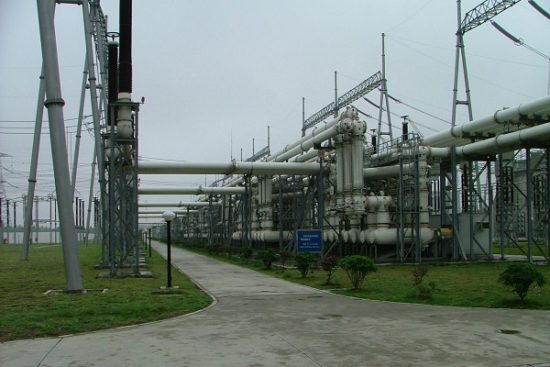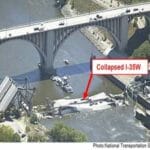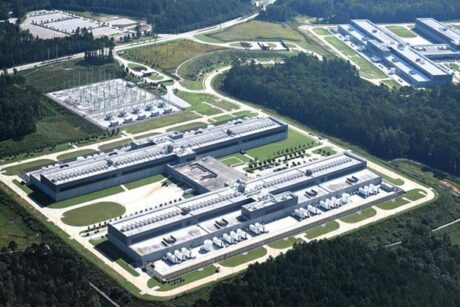- Course No.: E – 1636
- PDH Units: 3
No data found for Custom Course Number
No data found for Custom Course Units
- Course No.: E – 1636
- PDH Units: 3
Intended Audience: mechanical, electrical chemical and energy engineers
PDH UNITS: 3
This course provides an overview of (GIS) or Gas Insulated Substations. A gas insulated substation (GIS) is a high voltage substation in which the major conducting structures are contained within a sealed environment with a dielectric gas known as SF6, or sulfur hexafluoride gas as the insulating medium. In comparison, a conventional (AIS) or Air-Insulated Substation, uses atmospheric air as the dielectric gas medium, as these types of substations are almost always located at outdoor locations.
Learning Objectives
At the conclusion of this course, you’ll be able to:
- Overview of a GIS System
- Hybrid GIS Substations
- Advantages and Disadvantages of GIS Systems
- SF6 gas, leak detection, and gas monitoring systems
- Physical arrangements used in GIS
- International Standards on GIS
- Economics of GIS vs AIS
- Contaminants and Oxidation in the Gas
- Enclosure Modules for a GIS System
- Conductors in a GIS System
- Circuit Breakers and Transformers used in GIS Systems
- Switching and Arrester Devices used in GIS Systems
- Connections in a GIS Systems
- The Control System of a GIS
- Testing and Installation
- Operational Procedures for a GIS
Once completed, your order and certificate of completion will be available in your profile when you’re logged in to the site.
Ethics Courses
Course No.: E - 1636
PDH Units: 3










